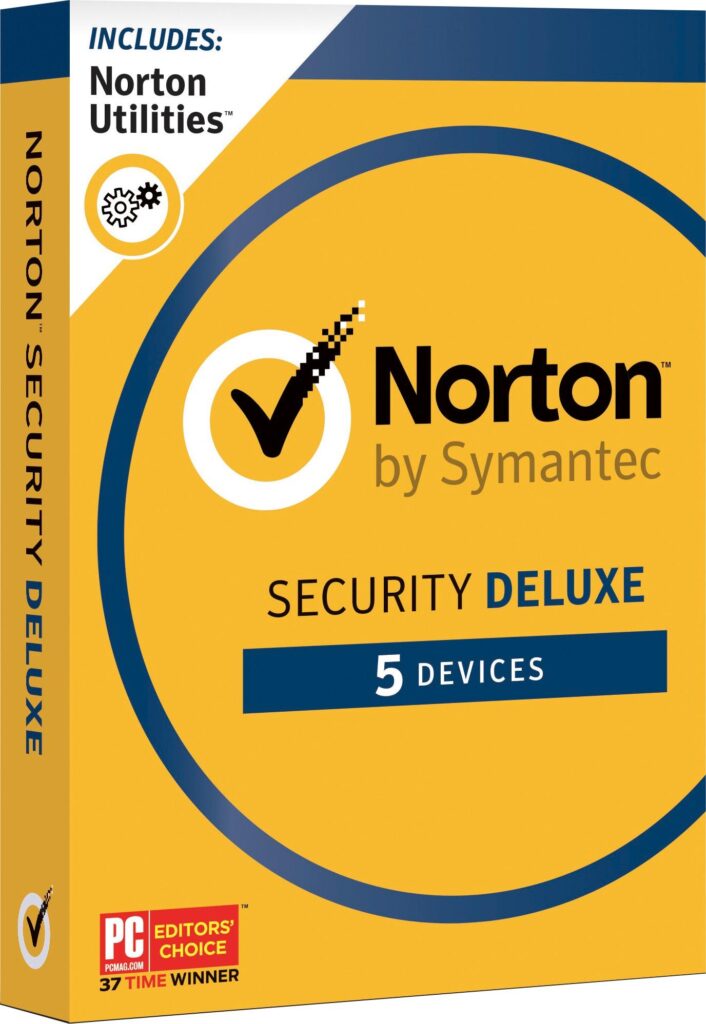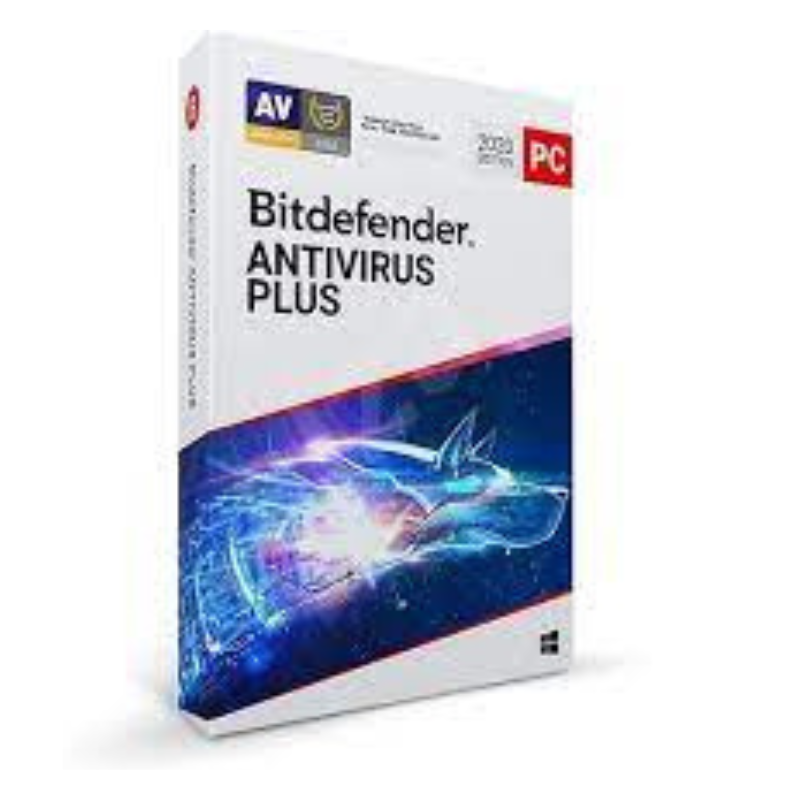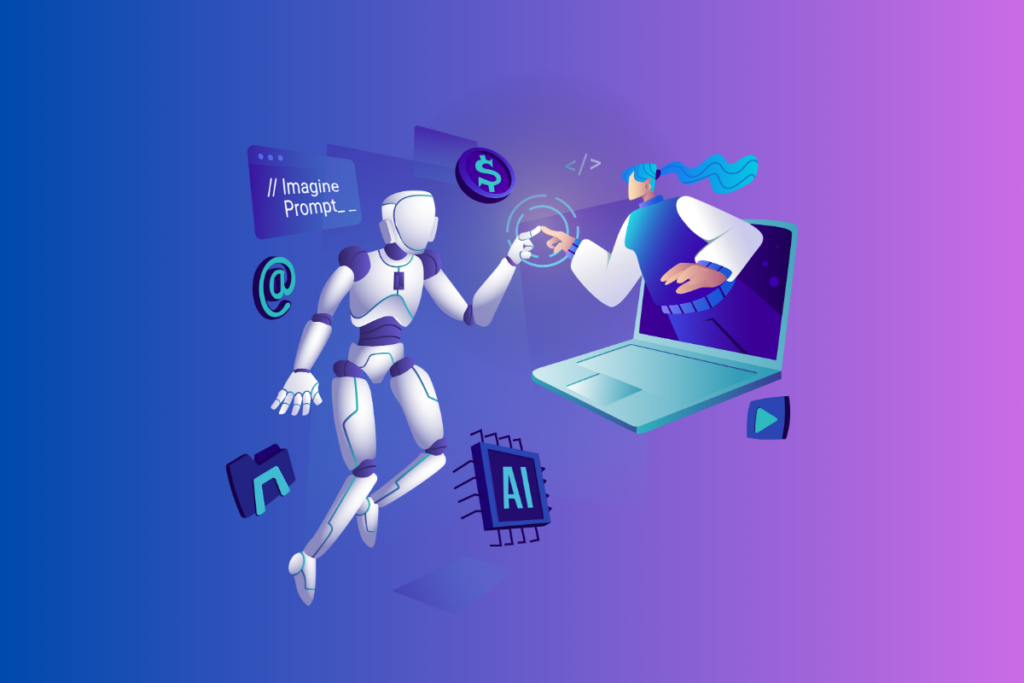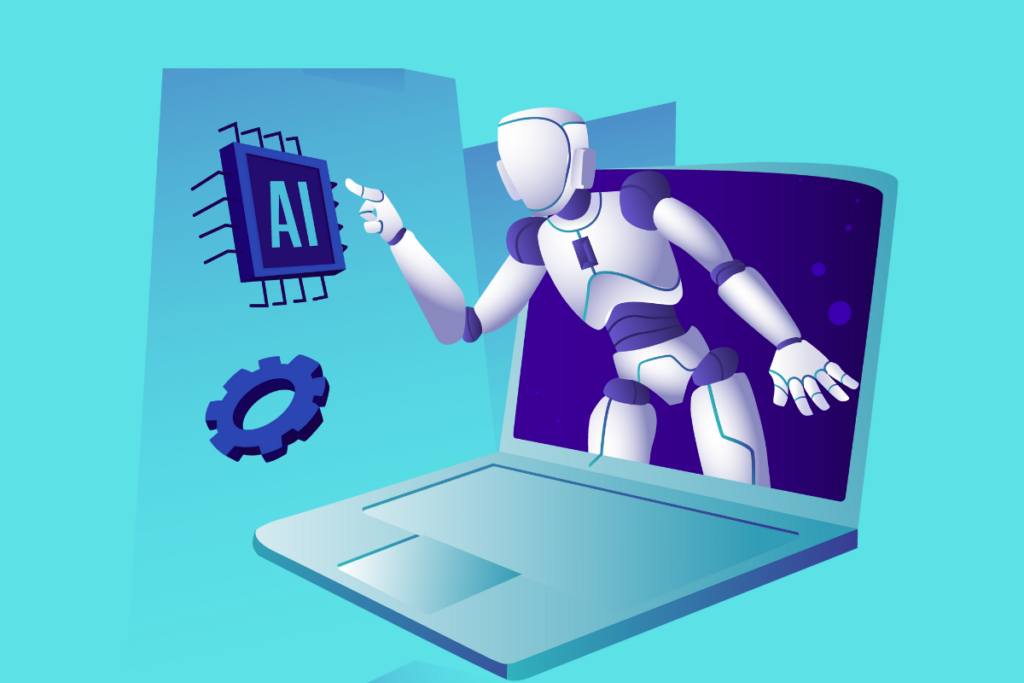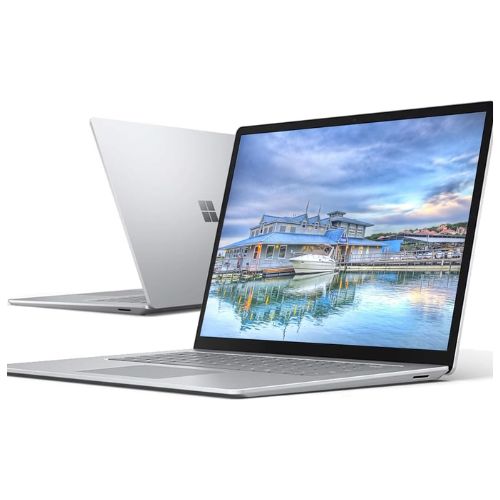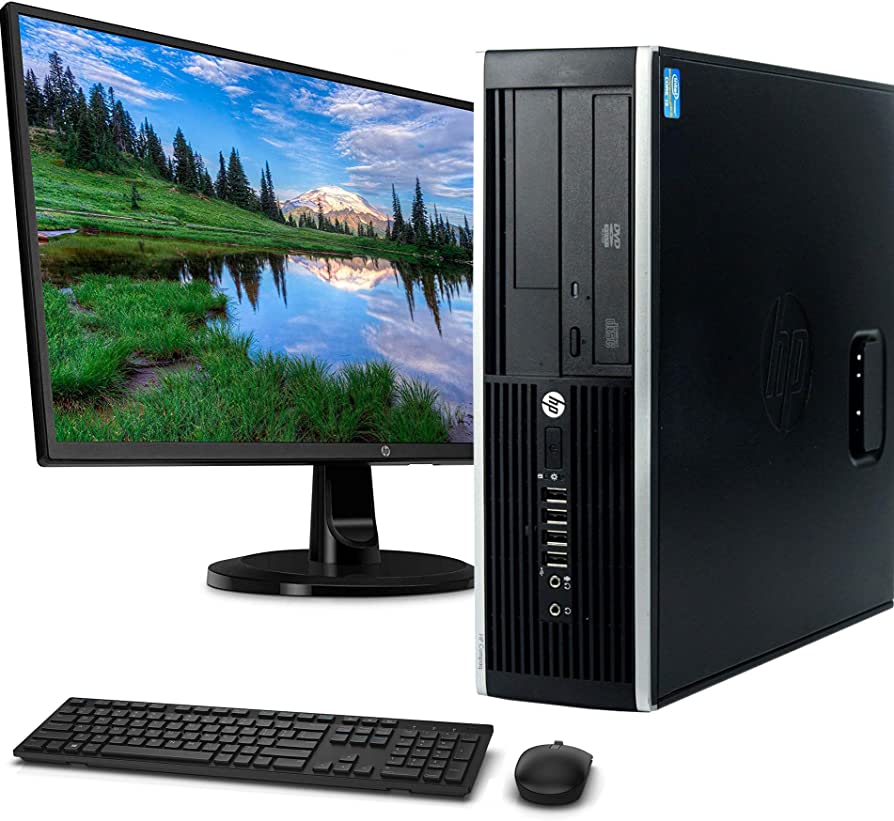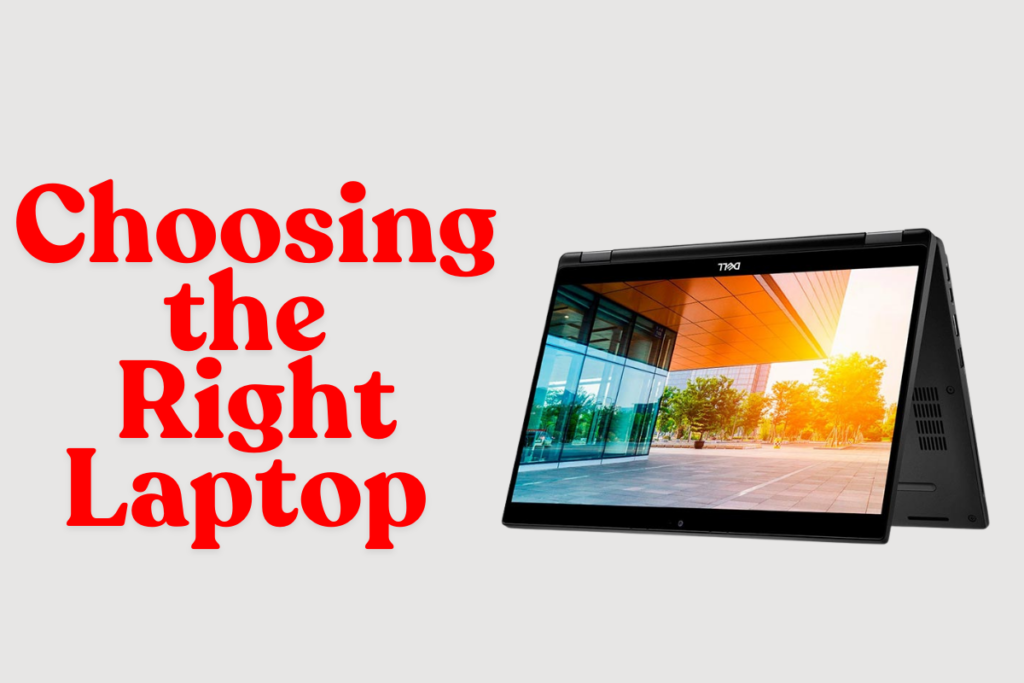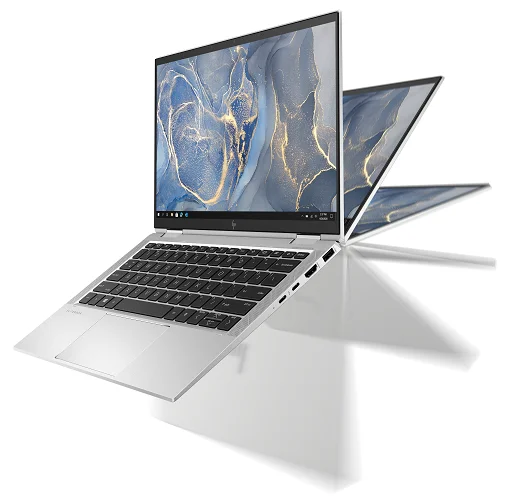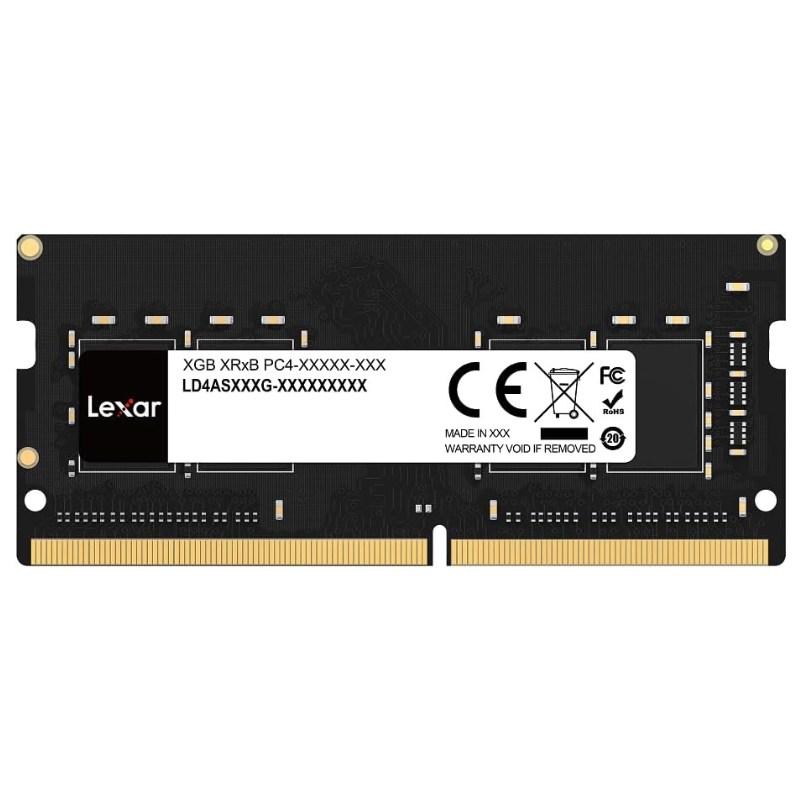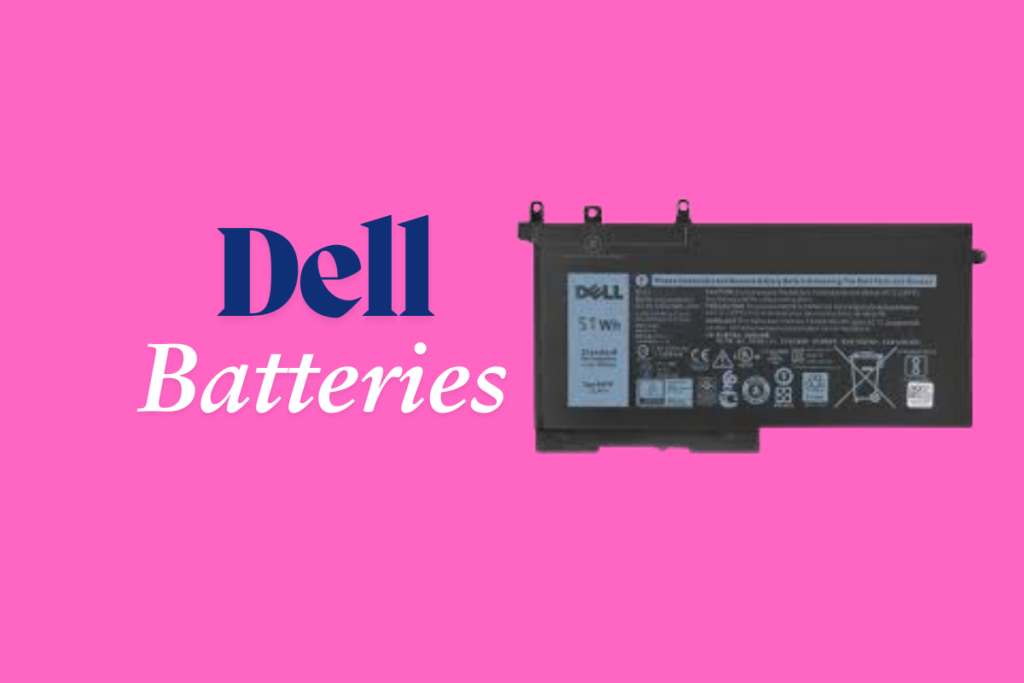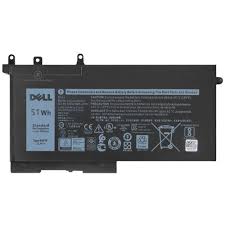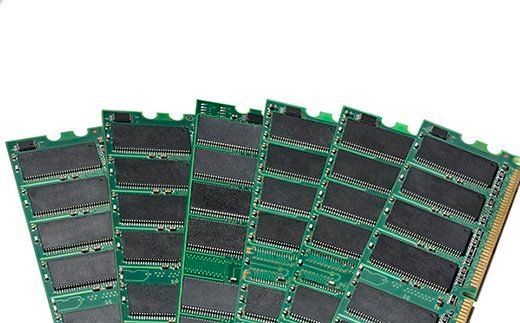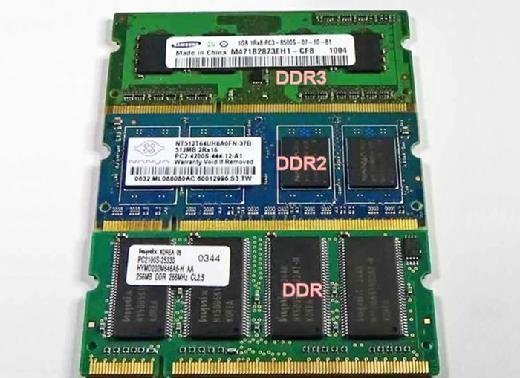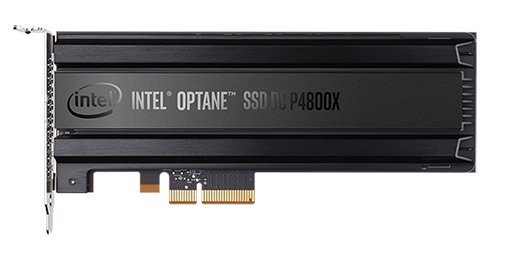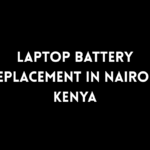Top 5 Computer Mice You Can Buy in Nairobi
Top 5 Computer Mice You Can Buy in Nairobi
When it comes to achieving efficiency, speed, and comfort while using a computer, the mouse plays a central role. Whether you’re a casual user, a student, a corporate professional, or a graphic designer, the quality of your mouse can significantly impact your productivity and experience.
Hewlett Computer Solutions in Nairobi understands this need and offers a broad range of computer mice to suit every style of work and preference. In this guide, we focus on five versatile, high-performance mice available from Hewlett Computer Solutions, breaking down their features, ideal use cases, and why they stand out in today’s tech marketplace.
1. Wireless Rechargeable Wireless Mouse, 2.4G Optical Silent Mouse
This mouse offers an excellent blend of affordability, functionality, and user comfort. It is ideal for users looking for a quiet, wireless experience without the hassle of frequently replacing batteries.
Key Features
- 2.4GHz wireless connectivity ensures a reliable connection over long distances with no interference

- Rechargeable battery via USB, eliminating the need for disposable batteries
- Silent clicking mechanism for noise-free working environments
- Ergonomic design for long-term comfort during extended use
- Plug-and-play functionality, compatible with most Windows, macOS, and Linux systems
Best For
- Office professionals who require a quiet device during meetings or shared workspaces
- Students studying in libraries or dormitories where noise reduction is essential
- Home users who prefer convenience and dislike tangled wires
Why Choose This Mouse
It’s a cost-effective solution for anyone seeking a wireless, noiseless, and low-maintenance peripheral. Its rechargeable nature also makes it environmentally friendly and economical over time.
2. Logitech M170 Wireless Mouse
Logitech is known globally for producing durable and reliable computer accessories, and the M170 model lives up to this legacy. It’s a great entry-level wireless mouse with the reliability of the Logitech name.
Key Features
- 2.4GHz wireless transmission with a range of up to 10 meters
- Long battery life (up to 12 months on a single AA battery)
- Ambidextrous shape, ideal for both right- and left-handed users
- Compact and lightweight for travel-friendly portability
- Compatible with Windows, macOS, Chrome OS, and Linux
Best For
- Users who frequently switch between locations or work remotely
- Teachers and students who carry laptops to different learning environments
- Anyone looking for a simple and effective wireless solution without complex features
Why Choose This Mouse
The M170 stands out for its simplicity, reliability, and affordability. It’s a no-frills mouse that gets the job done, especially for users who want something they can depend on without worrying about configuration or connectivity issues.
3. Apple Magic Mouse 2 A1657 WHITE – Multi-Touch Surface, Bluetooth, Rechargeable
For Apple users, the Apple Magic Mouse 2 is not just a tool, but a design statement. It seamlessly integrates with the macOS environment, offering gesture-based navigation and a minimalistic design that matches Apple’s aesthetic philosophy.
Key Features
- Rechargeable internal battery, eliminating the need for AA batteries
- Multi-touch surface allows gesture navigation (scroll, swipe, zoom)
- Pairs via Bluetooth for cable-free convenience
- Optimized for macOS, enhancing user interaction with Apple applications
- Sleek, low-profile design that looks great on any workspace
Best For
- Creative professionals using MacBooks or iMacs for design, photo editing, or video production
- Office users heavily invested in the Apple ecosystem
- Anyone who prefers multi-touch navigation over traditional buttons
Why Choose This Mouse
The Apple Magic Mouse 2 offers unmatched style, functionality, and interaction when paired with Apple devices. Its gesture recognition feature reduces the need for a trackpad, and its rechargeable battery saves on operational costs over time.
4. Logitech M705 Marathon Wireless Mouse
As the name implies, the Logitech M705 Marathon Mouse is built for endurance. Known for its ultra-long battery life and multi-device functionality, it’s a powerful tool for professionals and multitaskers.
Key Features
- Up to 3 years of battery life on two AA batteries
- Ergonomically sculpted for right-hand users
- Hyper-fast scrolling wheel for rapid document or web navigation
- Extra programmable buttons for customizable shortcuts
- Advanced 2.4GHz wireless connectivity with Logitech’s Unifying Receiver
- Precision laser tracking that works on most surfaces
Best For
- Professionals who use spreadsheets, design software, or multi-tab browsers
- Writers, editors, and researchers who scroll through long documents
- Corporate workers who demand a high-performance device with minimal battery maintenance
Why Choose This Mouse
The M705 is perfect for people who spend hours on their computers every day. Its ergonomic build reduces hand strain, while its advanced features enhance workflow. The long battery life also reduces downtime and the cost of replacement batteries.
5. Rechargeable Bluetooth Mouse
This generic but highly functional mouse offers convenience and universal compatibility, making it an attractive option for users who switch between different operating systems or devices.
Key Features
- Bluetooth connectivity removes the need for a USB dongle

- Rechargeable via USB, eliminating disposable batteries
- Sleek and compact design suitable for laptops and tablets
- Compatible with Windows, macOS, iOS (iPad), and Android
- Silent clicks and smooth cursor movement
Best For
- Users of ultrabooks and tablets with limited USB ports
- Travelers and digital nomads who prefer minimal cable clutter
- Mobile users who rely on tablets or hybrid devices for productivity
Why Choose This Mouse
Its universal compatibility, rechargeable battery, and Bluetooth connectivity make it a very flexible device. It’s a strong choice for people working across multiple devices and platforms.
Why Buy Your Mouse from Hewlett Computer Solutions?
Hewlett Computer Solutions in Nairobi is more than just a retail outlet. They are a trusted IT partner known for providing original and reliable products with excellent customer support. Here’s why you should consider making your next mouse purchase with them:
- Genuine brands and manufacturer warranties
- Competitive pricing across all product categories
- Knowledgeable staff to guide your purchase based on your needs
- Convenient location in Nairobi for walk-in purchases or inquiries
- Options for bulk purchasing and business customers
How to Choose the Right Mouse for Your Needs
Selecting the ideal mouse can be tricky, especially with so many options in the market. Here’s a quick guide to help you decide:
- For everyday tasks
Choose the Logitech M170 or the Rechargeable Wireless Mouse. They are easy to use and offer great value. - For heavy multitasking
The Logitech M705 Marathon Mouse is equipped with customizable buttons and ultra-fast scrolling. - For Mac users
The Apple Magic Mouse 2 offers gesture control and native integration with Apple systems. - For travel and mobile productivity
The Rechargeable Bluetooth Mouse offers compact portability and cable-free usage across multiple platforms. - For quiet environments
Silent models like the Wireless Rechargeable Silent Mouse or Bluetooth-based mice are ideal for shared spaces.
Final Thoughts
A computer mouse may seem like a simple accessory, but the right one can enhance your workflow, comfort, and precision. Hewlett Computer Solutions provides a diverse selection of computer mice in Nairobi that caters to all user levels—from students and remote workers to business professionals and creatives.
Each of the five featured mice in this blog brings something unique to the table, whether it’s silent operation, advanced gesture control, ergonomic design, or multi-device support. Visit Hewlett Computer Solutions today and choose a mouse that fits your digital lifestyle.



